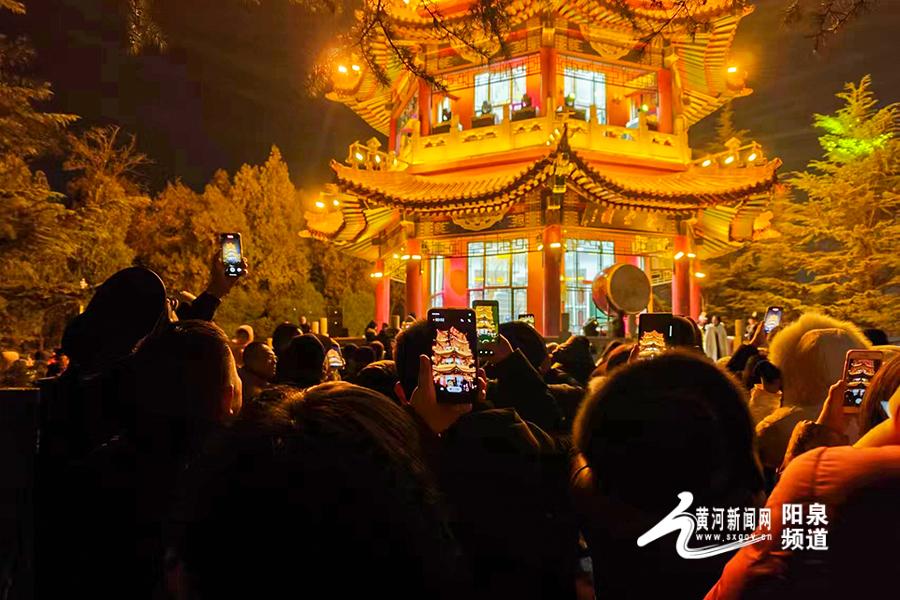Yangquan establishes protection areas for fossils
The Yangquan bureau of planning and natural resources announced and set up signs and boundary markers for the four key paleontological fossil conservation areas in Yangquan city in North China's Shanxi province on Dec 6.
The four areas are in Shuiquangou Lane in Shibuzui village; the southern part of Yinying town; Pingshang village in Yinying town; and Guanjiayu village in Hedi town.
Of the fossils already found, the cordaite wood fossils from southern Yinying town and Guanjiayu village in Hedi town have been labeled as national first-class key protected paleontological fossils.
China's first fossilized petal-shaped shark teeth were found in Pingshang village, where other marine life fossils such as sea lilies, long-bodied shells, stone swallow shells, and nautilus, were numerous.
Shuiquangou Lane in Shibuzui village is a classic geological area studied and investigated by geologists Li Siguang and Ding Wenjiang, the founder of the Chinese Geological Society.
Yangquan is mountainous and has good geological rock outcroppings. These outcroppings are ideal areas for finding and preserving fossil resources.
These fossil resources are of great significance to the paleoenvironment and paleogeography. They help to determine international geological time and to learn more about North China's historical terrestrial ecology.
The establishment of key paleontological fossil conservation areas will help the city create a new cultural calling card, further improve the public awareness of the protection of fossils, and prevent civil construction, landfill garbage, and illegal mining of fossils in fossil protection areas.
Next, Yangquan will rely on these key fossil conservation areas to carry out fossil science research and education activities. They will also promote the construction of the Yangquan Fossil Protection Park, which integrates natural heritage protection, popular science education and cultural tourism.



![9月6日[20230907-100556]_副本.jpg](http://subsites.chinadaily.com.cn/shanxi/yangquan/img/attachement/jpg/site48/20230907/16940658088291.jpg)

